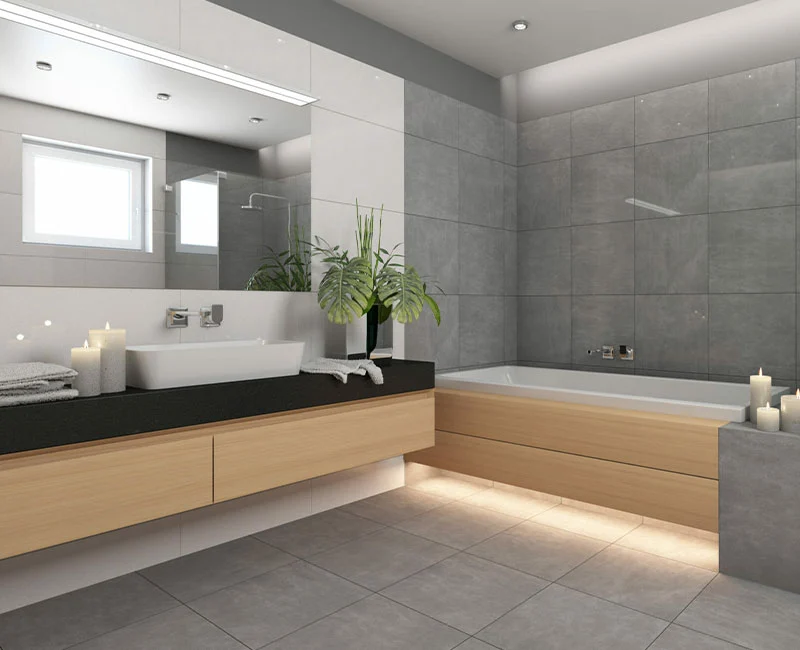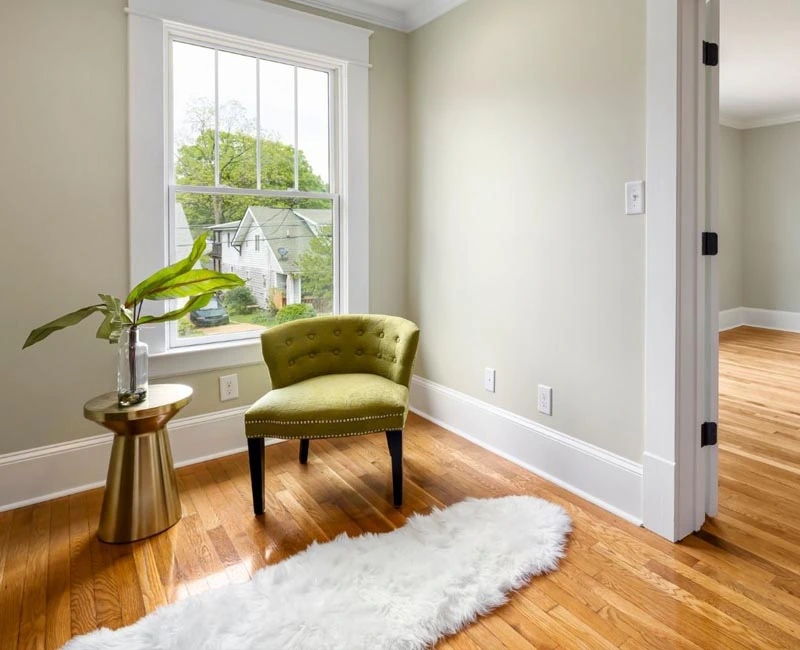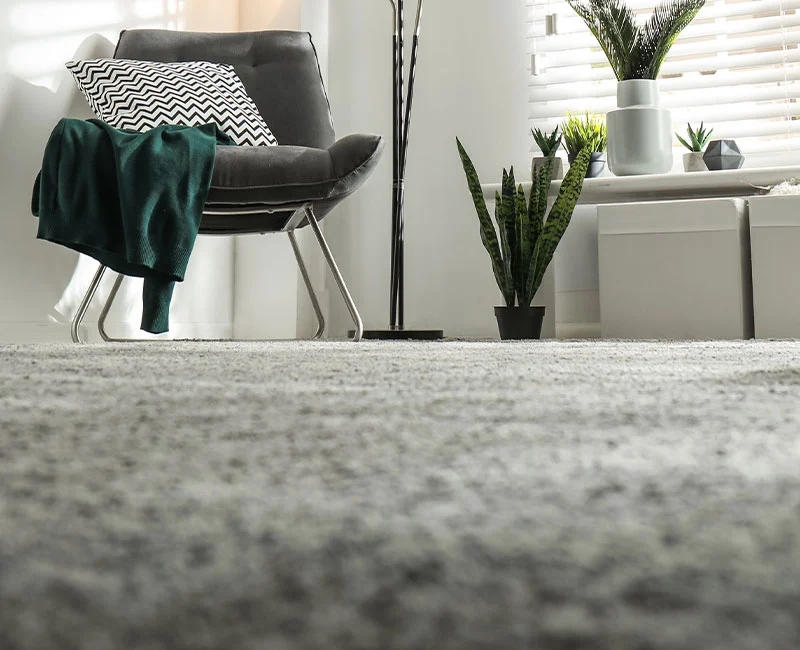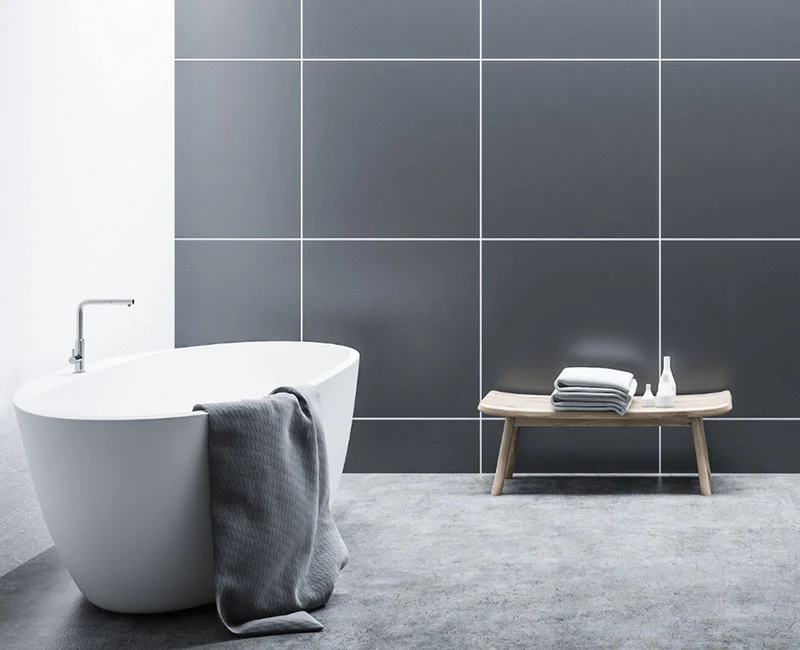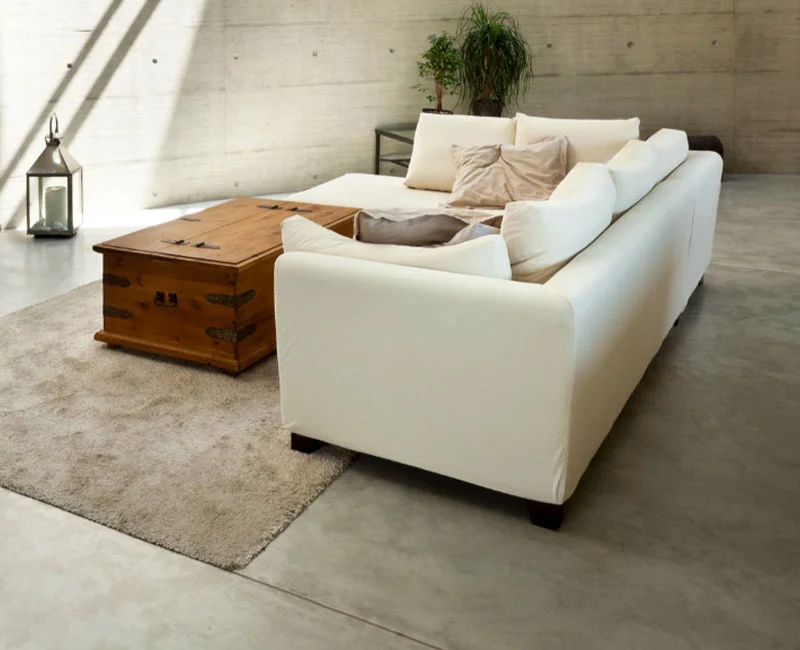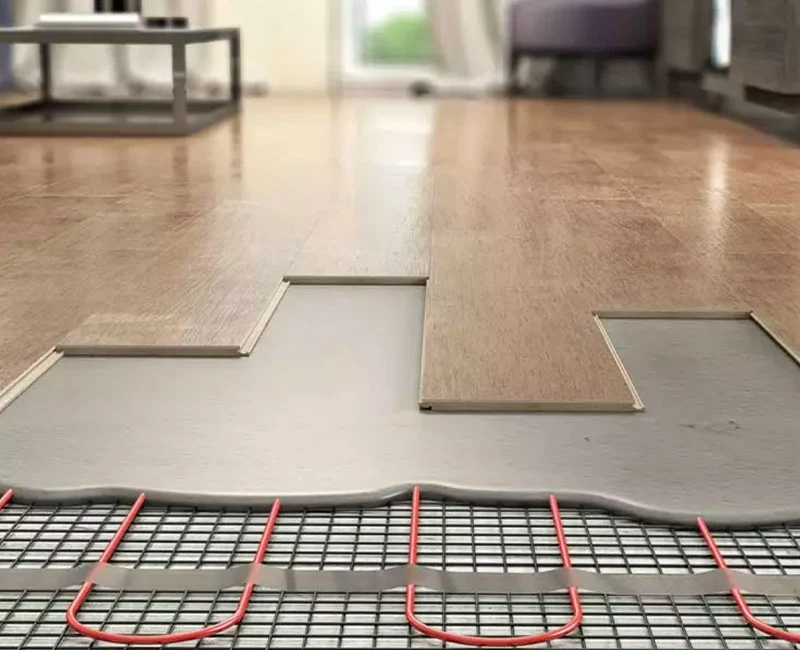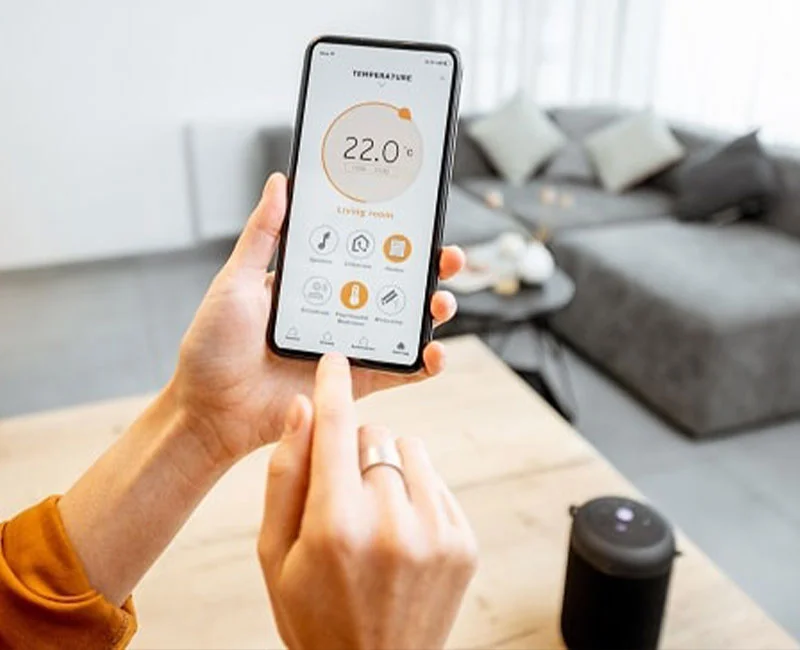Home Renovations
Don’t forget to consider Underfloor Heating BEFORE your floors are down and it’s too late!
Do not forget!
On a regular basis, people contact us about integrating floor heating and in a lot of cases they are thinking about it too late. Once the floor is down, floor heating is no longer an option. It’s imperative therefore that you get your floor heating quoted earlier rather than later.
Coldbuster has a totally free, no obligation, pre-sale service. We are happy to discuss floor heating systems with you and provide you with a free complete project quotation. Our quotes will recommend the best system for your project and provide you with individual itemised costs, a floor layout plan and installation costs.
Call 1800 85 75 65
Bathroom Renovations
Electric Underfloor Heating: the perfect solution for renovations of any size
Coldbuster’s electric underfloor heating are all easily installed, hence our offer of Supply-Only or we can install for you.
Heating comes in 2 main forms:
- ultra-thin heating elements on 50cm wide mesh kits for under tile, under carpet, under laminate and under floating timber flooring
- thicker loose heating cables on coils for in screed and in slab applications.
Our kits come in a large array of sizes to accommodate most heating areas in a single kit system. For larger areas, we combine heaters to match the best fit! Coldbuster floor heating is not only the perfect solution for bathroom and kitchen renovations, but the same benefits apply to heating any area in your home.
Low-cost installation, zero maintenance, and low running cost with the latest advanced thermostat controls make Coldbuster the ultimate floor heating choice for home renovation. You can designate specific heating areas with each heater and have complete programmable control of that specific area.
Since floor heating is meant to be the primary heating source for the room, when doing your renovation budget, remember to consider floor heating as an alternative cost, not an additional cost. After all, you are most likely going to spend funds on some version of heating. So you may as well do it the best way there is!
Coldbuster floor heating provides a luxurious warmth that is evenly distributed across the whole of your heating area. No cold spots or gusts of hot air, just a natural warmth everywhere you go. As our systems are electric, there is no maintenance, no boiler, no smoke, flame, fumes or electromagnetic radiation. The system is perfectly safe for your children and your pets. The system is also invisible with no exposed features. This means that your room design is not compromised in any way.
Coldbuster heating is extremely flexible. You can do one room at a time or configure your heating zones how you like. You then have total control of each zone and as a result, do not waste energy by heating where and when heating is not required.
So whether you are simply renovating your bathroom, or renovating one entire floor, or the whole house, Coldbuster Floor Heating is the perfect solution providing economic ROI and complete independent control of all your heating area







